Population Health News Roundup: December 2021
JoAnne DyerIAPHS Members in the News
Rachel Hardeman in JAMA Network Open: “[G]reater police presence in Black vs White neighborhoods may contribute to the persistent Black-White preterm birth disparity in Minneapolis.” (December 8, 2021)
Rita Hamad in Fortune: Despite the ongoing pandemic, vulnerable workers are losing their paid federal sick leave. “We’re just left with whatever patchwork of employer and state policies that existed before, which leave the most vulnerable people the least covered,” said Hamad in the article. (November 30, 2021)
Sandro Galea in Journal of American College Health: During the pandemic, education was protective against depression. And disruptions to education, including shifts to remote learning, could limit educational attainment for populations with lower incomes. (online December 6, 2021)
Health Equity
Biden aims to tackle AIDS disparities: Black, Latino, and gay and bisexual men continue to be disproportionately affected by HIV. Biden’s new strategy focuses on supporting racial justice, combating the stigma, and providing leadership and employment opportunities. (Miami Times, December 7, 2021)
The COVID-19 pandemic and older people with health concerns: People over 50, especially those with poor health, report high levels of pandemic-related stress. But many are also finding joy, too. (University of Michigan Health Blog, December 14, 2021)
Black women need more than access for ovarian cancer care: Black women are underrepresented in clinical trials and are less likely to have the genetics of their tumor analyzed. Efforts are being made to combat these disparities, including an NIH-funded study. (Nature, December 15, 2021)
Built Environments
One deadly road in Brooklyn: Atlantic Avenue in NYC is persistently dangerous for everyone–pedestrians, drivers, and cyclists. One group is proposing changes, such as increasing non-car use and creating two-way cycle lanes. (Bloomberg CityLab, December 8, 2021)
Reducing vehicle emissions has saved lives and money: Regulations saved $270 billion “from reduced PM2.5-attributable mortality and greenhouse gas emissions.” Deaths dropped from 27,700 in 2008 to 19,800 in 2017. (PNAS, December 21, 2021)
Historical redlining linked to present-day cardiovascular health among Black communities: Living in a neighborhood that was redlined in the past is associated with cardiovascular health only among Black participants in the study, and “living in a neighborhood with better social environment qulaity weakened but did not fully attenuate this association. ” (PNAS, December 21, 2021)
Environmental Health & Justice
New regulation could reduce smog in Southern California: Refinery Rule 1109.1 will require facilities to install pollutions controls by 2031. The move should help Carson and Wilmington residents, saving $3.49 billion over 15 years and saving lives. (Grist, November 10, 2021)
Indigenous and Black communities in Canada have faced decades of environmental racism: Communities like the Aamjiwnaang and Africville neighborhoods have a legacy of pollution from industry, dumps, an infectious disease hospital, and a slaughterhouse. The laws are slowly changing to protect them. (AlJazeera, December 8, 2021)
Health Policy & Programs
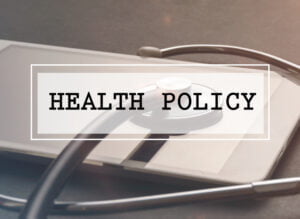 Programs and policies are needed to solve our youth mental health crisis: American youth, particularly children of color, face increased rates of mental health issues, including suicide, ER visits for mental health, and self-harm. The authors’ suggestions include expanding access to mental health treatment, family skills training, screening for trauma, and school-based programs, among other interventions. (Health Affairs, December 15, 2021)
Programs and policies are needed to solve our youth mental health crisis: American youth, particularly children of color, face increased rates of mental health issues, including suicide, ER visits for mental health, and self-harm. The authors’ suggestions include expanding access to mental health treatment, family skills training, screening for trauma, and school-based programs, among other interventions. (Health Affairs, December 15, 2021)
Housing supports under Medicaid’s Section 1115 demonstration waivers face challenges: Resolving the housing supply and NIMBY issues, removing silos, enrolling folks in Medicaid, and reducing the waiver burden are among the challenges in implementing tenancy support demonstration projects. The authors suggest that as an optional Medicaid benefit, “federal policymakers should consider allowing states to more directly subsidize housing costs” for people experiencing or at risk of homelessness. (Milbank Quarterly, April 27, 2021)

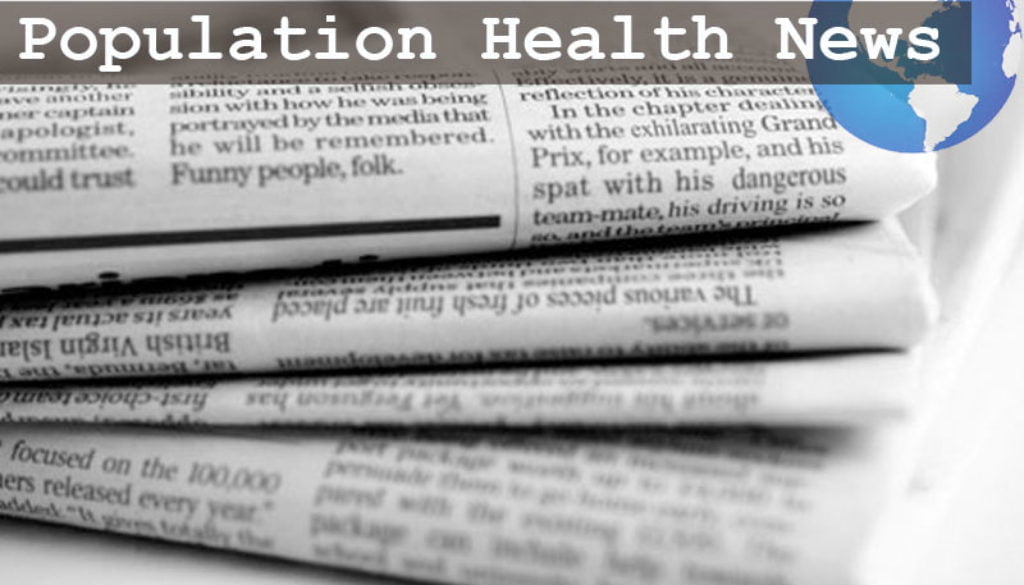

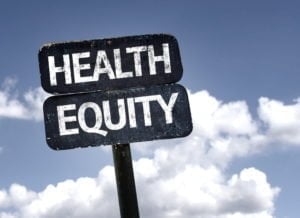
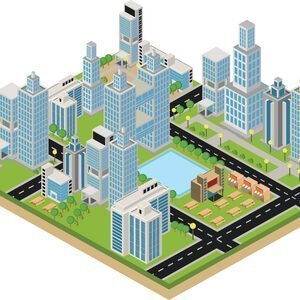
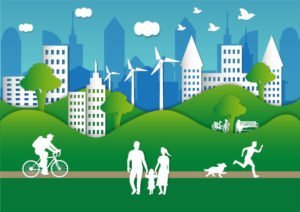



All comments will be reviewed and posted if substantive and of general interest to IAPHS readers.